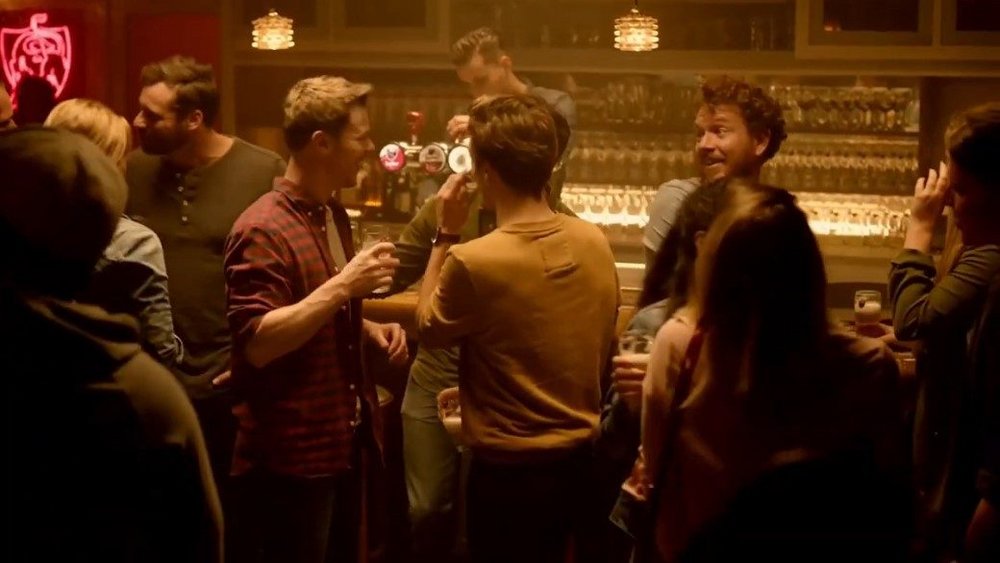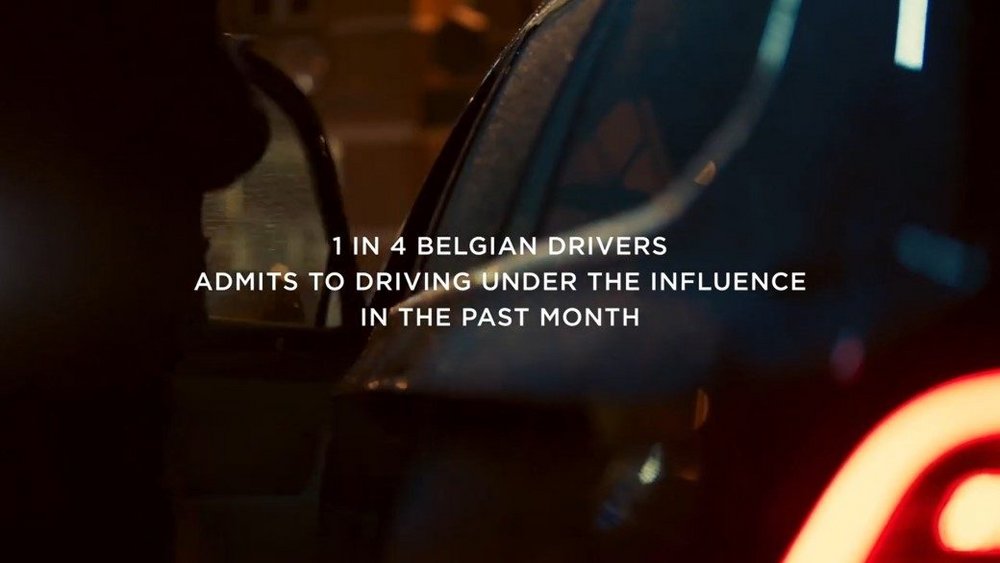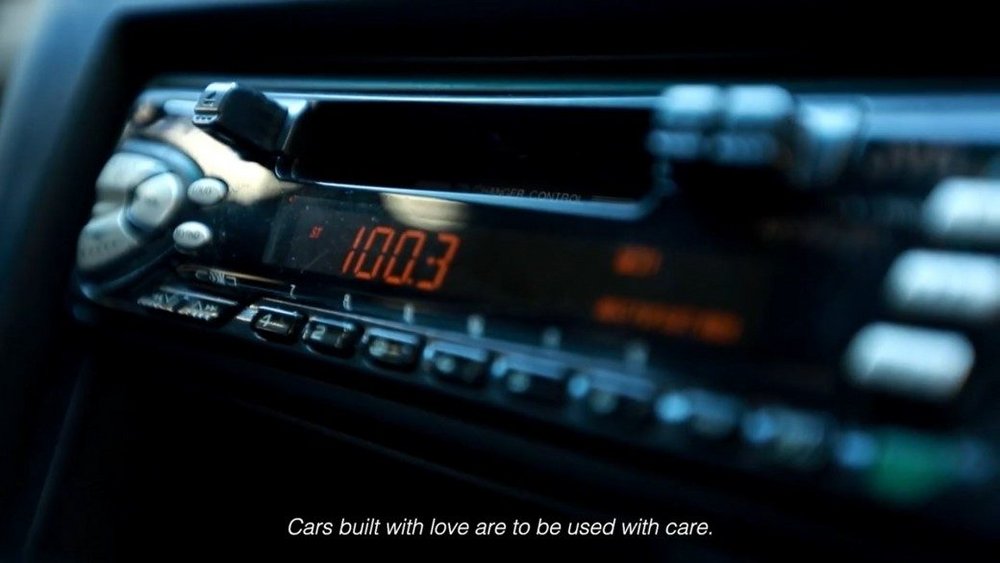Campaign of the Week
Belgian Beer brand tailgates car ads in unorthodox anti drink driving campaign /
Jupiler beer appeals to Belgians’ love of cars to curb their dangerous habits
Jupiler, Belgian’s biggest beer brand, had used the same government warning in its commercials for 27 years.

Despite this message (‘Beer brewed with love, is to be consumed with care’) Belgium still has (as of January 2020) one of the world’s worst drink driving records, with more than 150 deaths a year and one in four Belgian drivers admitting to driving under the influence during the month prior.

In response, Jupiler, together with BBDO Brussels, decided to introduce a new message: ‘Cars built with love are to be used with care.’ This was then followed by ‘Don’t drink when you drive.’

To ensure the campaign was effective, the beer brand bought the media space behind car ads during the peak period for car commercials: just before the Brussels car expo.

The new message, designed to be less accusatory of drinkers, was fed to audiences via TV and radio spots.
Contagious Insight /
The context is the message / The most interesting aspect of Drive Responsibly is that it extends the influence of the brand’s message beyond the campaign by attaching itself to the medley of car adverts shown during the Belgium car expo.
We’ve seen a similar mechanic before, during the 2018 Superbowl commercials, when laundry detergent brand Tide played with advertising tropes to encourage viewers to think of every ad as Tide’s own by claiming that the clean clothing seen in adverts was courtesy of their product. The campaign, It’s A Tide Ad, was a clean-cut success, with Procter & Gamble telling Adweek that, one month on from the Super Bowl, sales of Tide Ultra Oxi showed double-digit growth.
This is for driving and this is for fun / The exposure to large amounts of violence in real life and media have, as some studies have suggested, contributed to the desensitisation of violence across society. Over time, if the mind notices that the emotion connected to a certain stimulus proves irrelevant or unnecessary, then it will – unsurprisingly – be ignored.
This is what Jupiler, which has been broadcasting the same alcohol warning non-stop for over a quarter of a century, is up against. To once again sensitise consumers to its important message, Drive Responsibly repackages the original message (not only in terms of the language is but also in context) making it fresh, and thus more noticeable.
Changing lanes / By coming from a different direction, this campaign opens the possibility to connect with a different type of audience. In the past, anti-drink driving adverts often addressed consumers in the same way – at a bar, drinking with friends, followed by an accident. According to a study by the University of Moratuwa, this blanket stereotyping has often conversely normalised drink-driving behaviour and found to have unconsciously encouraged it as a result. What the same study concludes is that for anti-drink driving adverts to be more effective, ‘Differing messages would also be appropriate for use with different target groups.’ By addressing the problem from a different angle by instead putting the car (of which there are a range of different brands and models that target different groups of buyers) under the spotlight, Jupiler is making it more likely that its campaign will imprint upon the minds of different consumers.
Jupiler Rising / Frederik Clarysse, a BBDO creative who worked on the campaign, told Contagious how in the past, ‘Jupiler has always had a masculine positioning and been popular among men.’ Today, however, ‘The brand sees its role in society as to “move men forward” in every way possible.’ This new positioning coincided with research which showed, according to Clarysse, that ‘More than 8 out of 10 drivers that were caught for drunken driving in Belgium in 2019 were male.’ Whether or not this will translate to sales à la the still-to-be-determined fate of Gillette is to be seen. Regardless, Contagious editor Chloe Markowicz last year highlighted the growing trend of brands standing for divisive values in advertising. For more on this tightrope tactic, watch Markowicz explain how brands can make the correct decisions going forward.
This was first published on Contagious I/O, our online intelligence tool. To find out more click here.
Want more of the same? /
We don’t just write about best-in-class campaigns, interviews and trends. Our Members also receive access to briefings, online training, webinars, live events and much more.






